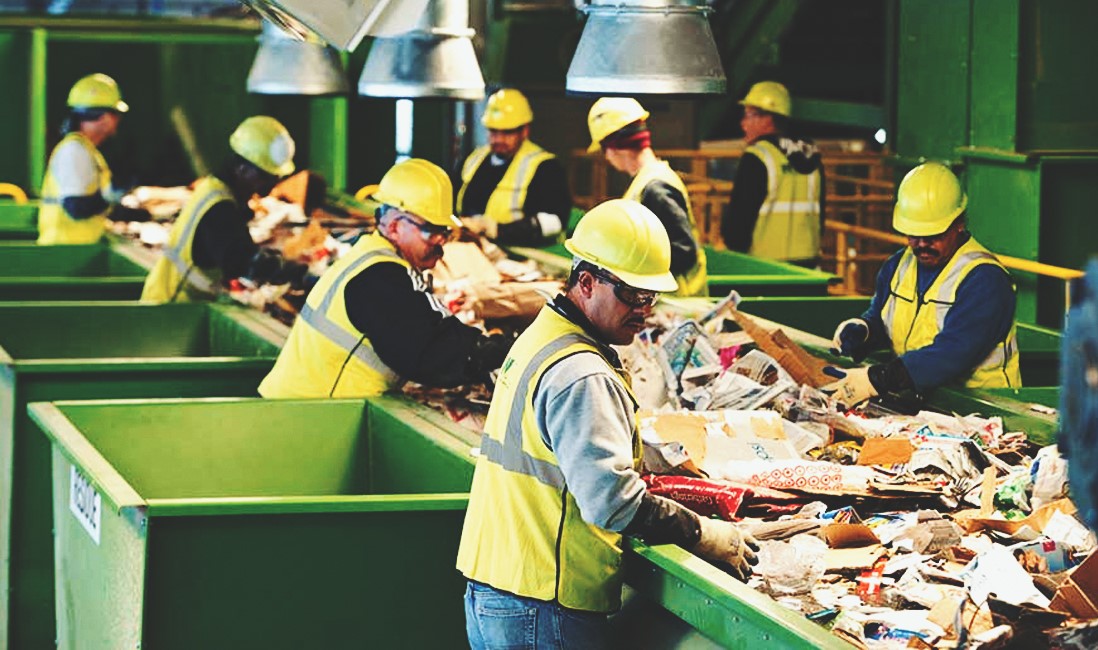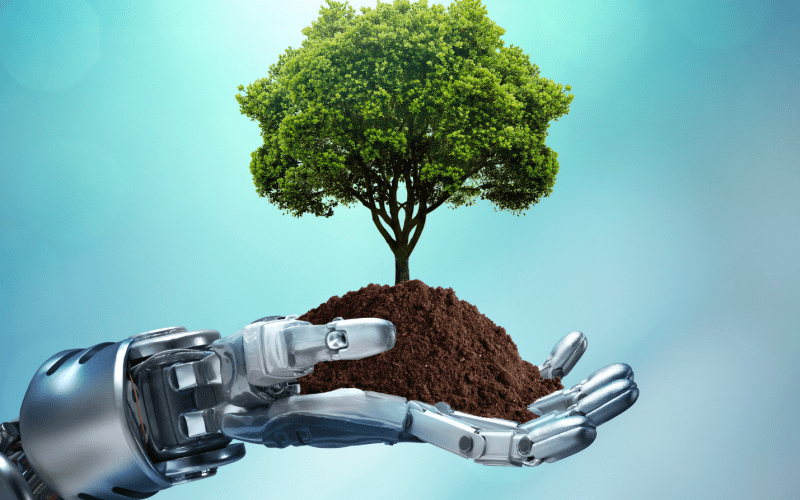In an era where technological advancements are at the forefront of societal change, Artificial Intelligence (AI) has emerged as a pivotal tool in addressing some of the most pressing global challenges. Among these, environmental conservation stands out as an area where AI’s potential is being increasingly recognized and harnessed. From climate change mitigation to wildlife protection, AI’s role in environmental conservation is multifaceted and growing in significance.
Climate Change Mitigation
One of the most critical areas where AI is making a substantial impact is in climate change mitigation. AI algorithms are being used to analyze vast amounts of climate data, enabling scientists and policymakers to make more accurate predictions about future climate conditions. For instance, machine learning models can process satellite imagery and historical weather data to forecast extreme weather events, such as hurricanes and floods, with greater precision. This allows for better preparedness and response strategies, potentially saving lives and reducing economic losses.
Moreover, AI is being employed to optimize energy consumption and reduce greenhouse gas emissions. Smart grids, powered by AI, can balance energy supply and demand more efficiently, integrating renewable energy sources like wind and solar power into the grid. AI-driven predictive maintenance systems can also identify and address inefficiencies in industrial processes, leading to significant reductions in energy use and emissions.
Wildlife Protection
AI is also revolutionizing wildlife protection efforts. Poaching and habitat destruction are major threats to biodiversity, and traditional methods of monitoring and enforcement have often fallen short. AI-powered tools, however, are providing new ways to combat these issues. For example, machine learning algorithms can analyze data from camera traps, drones, and satellite imagery to monitor wildlife populations and detect illegal activities in real-time. This enables conservationists to respond more quickly and effectively to threats.
In addition, AI is being used to study animal behavior and migration patterns. By analyzing data from GPS collars and other tracking devices, AI can provide insights into the movements and habits of endangered species. This information is crucial for designing effective conservation strategies and ensuring the long-term survival of these species.
Ecosystem Monitoring and Restoration
Ecosystem health is another area where AI is proving invaluable. Traditional methods of ecosystem monitoring often involve labor-intensive fieldwork and can be limited in scope. AI, on the other hand, can process large datasets from various sources, such as satellite imagery, sensor networks, and citizen science initiatives, to provide a more comprehensive picture of ecosystem health.
For instance, AI algorithms can analyze satellite images to detect deforestation, land degradation, and changes in vegetation cover. This information can be used to prioritize areas for conservation and restoration efforts. AI can also help in monitoring water quality by analyzing data from sensors placed in rivers, lakes, and oceans. This enables early detection of pollution and other environmental threats, allowing for timely interventions.
Furthermore, AI is playing a role in the restoration of degraded ecosystems. Machine learning models can predict the outcomes of different restoration strategies, helping conservationists choose the most effective approaches. For example, AI can analyze soil and climate data to recommend the best plant species for reforestation projects, increasing the chances of success.

Waste Management and Pollution Control
Effective waste management and pollution control are essential for environmental conservation, and AI is making significant contributions in these areas as well. AI-powered systems can optimize waste collection routes, reducing fuel consumption and emissions. Machine learning algorithms can also improve recycling processes by accurately sorting different types of waste, increasing the efficiency and effectiveness of recycling programs.
In terms of pollution control, AI is being used to monitor air and water quality in real-time. Sensor networks equipped with AI can detect pollutants and provide early warnings of potential hazards. This allows for quicker responses and helps to minimize the impact of pollution on human health and the environment.
Agriculture and Sustainable Practices
Sustainable agriculture is crucial for environmental conservation, and AI is playing a significant role in promoting more sustainable farming practices. Precision agriculture, powered by AI, enables farmers to optimize the use of resources such as water, fertilizers, and pesticides. By analyzing data from sensors, drones, and satellite imagery, AI can provide real-time recommendations on the best times and places to apply these inputs, reducing waste and minimizing environmental impact.
AI is also being used to develop more resilient crop varieties. Machine learning models can analyze genetic data to identify traits that make crops more resistant to pests, diseases, and changing climate conditions. This can lead to the development of crops that require fewer chemical inputs and are better suited to sustainable farming practices.
Challenges and Ethical Considerations
While the potential of AI in environmental conservation is immense, it is not without challenges and ethical considerations. One of the primary concerns is the quality and availability of data. AI algorithms rely on large datasets to function effectively, and in many parts of the world, such data may be scarce or unreliable. Ensuring data accuracy and addressing gaps in data coverage are critical for the success of AI-driven conservation efforts.
Privacy and ethical considerations also come into play, particularly when it comes to monitoring activities. The use of drones and camera traps, for example, raises questions about the privacy of individuals and communities living in or near conservation areas. It is essential to balance the benefits of AI-driven monitoring with respect for privacy and ethical standards.
Moreover, there is a risk that reliance on AI could lead to a reduction in traditional conservation skills and knowledge. While AI can provide valuable tools and insights, it should complement, rather than replace, the expertise of conservationists and local communities.
Conclusion
AI is proving to be a powerful ally in the fight to conserve our planet’s natural resources and protect its biodiversity. From climate change mitigation and wildlife protection to ecosystem monitoring and sustainable agriculture, AI is enabling more effective and efficient conservation efforts. However, it is important to address the challenges and ethical considerations associated with AI to ensure that its benefits are realized in a responsible and equitable manner. As we continue to explore and harness the potential of AI in environmental conservation, it is clear that this technology will play a crucial role in shaping a more sustainable future for our planet.











